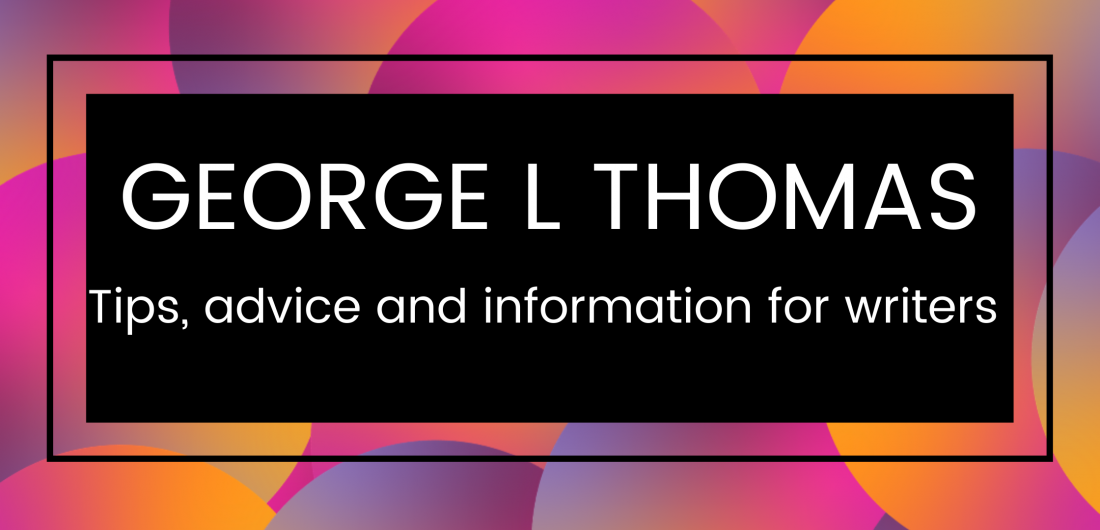
Hi everyone, I hope you’re all well and that you’re all feeling fulfilled in whatever it is that you’re up to.
Today I’m talking about grammar.
First off, let’s talk about why we even need grammar. After all, all it ever seems to do is complicate our lives, right? Well, yes and no.
Grammar is how we learn about our language. It’s through grammar that we know the names for different types of words, learn about punctuation and how to spell, and while it’s true that grammar is confusing – mainly due to all of the rules there are to keep track of – it is an essential element of the English language. It helps us to make sure that we understand one another properly.
Now that we know why we need it, here are six tips to help improve your grammar.
Capitals Go First
It’s probably one of the most basic rules of grammar and one of the earliest rules we learn in school, and yet you’d be surprised by how many people seem to forget: a capital letter always goes at the start of a sentence. Always. These days most word processors (and the autocorrect function of messenger apps) automatically capitalise the first letter of the first word of a sentence. Still, it’s important to remember to do it yourself when writing by hand.
Fullstops Go at the End – Period
It’s another simple one, and again one of the earliest rules of grammar we learn but people really do forget to dot the ends of their sentences which can lead to all kinds of confusion.
Fewer vs Less
The rule of thumb here is that ‘fewer’ should be used when referring to things that are countable or numerable; for example, Sam had six fewer oranges than his brother.
‘Less’ should be used when referring to uncountable things and quantities. For example, there is less water on Mars than on earth. There are exceptions, however, such as with money and time. We say less money or less time because we tend to think of them in bulk terms. But for the most part, you can’t go wrong if you think in terms of countable and uncountable.
It’s and Its
Apostrophes can be tricky. Usually, they are possessive, meaning something belongs to something or someone. But they can also indicate a contracted word, as is the case here. For example, it’s going to be a long day. The apostrophe in this example shows that the words ‘it’ and ‘is’ have been mashed together. Confusingly, ‘its’ is used as the possessive, minus the apostrophe which is used only for the shortened version of it is. Simple (not!).
Splitting Infinitives
Putting an adverb between the word ‘to’ and a verb results in a split infinitive. For example, it is considered grammatically incorrect to say, ‘he started to quickly run.’
Instead, it’s better to say ‘he started to run quickly.’
Use a Comma, Take a Breath
It’s incredible how many people forget to use commas (or any punctuation at all). Commas have many uses, but their basic purpose is to signify a pause in a long sentence or a paragraph. The comma is also used to separate items in a series or list of things.
Until next time,
George
© 2020 GLT
Categories: English Language, Tips for Better Grammar

Leave a comment